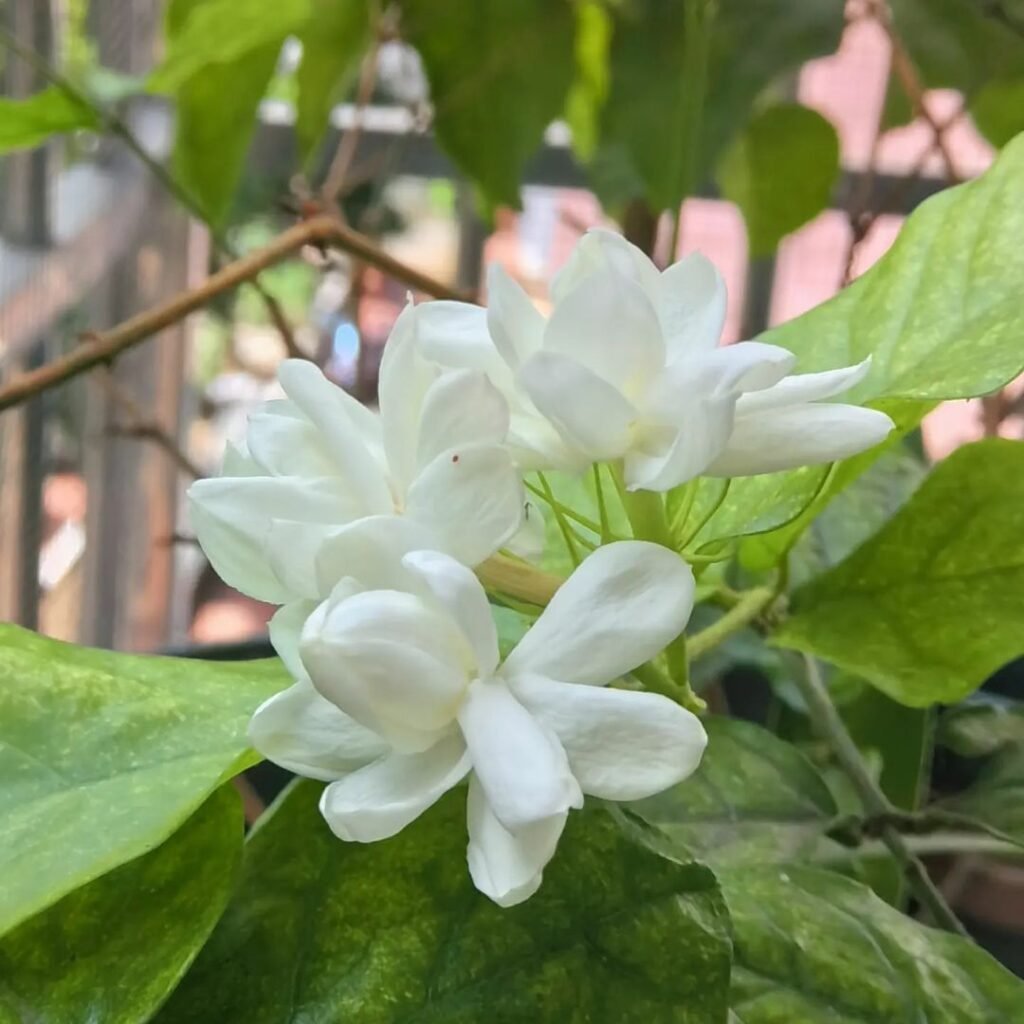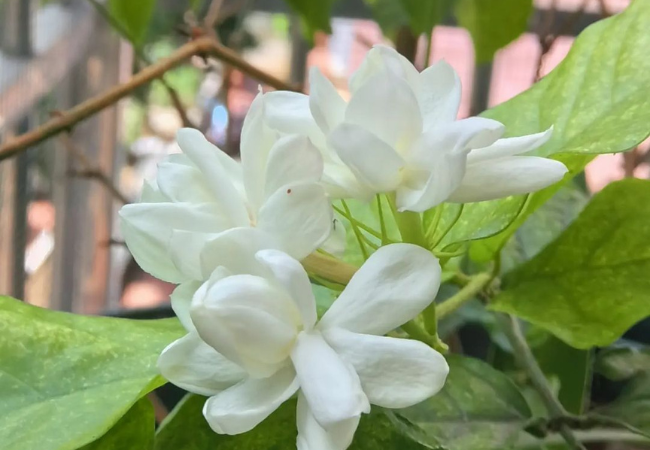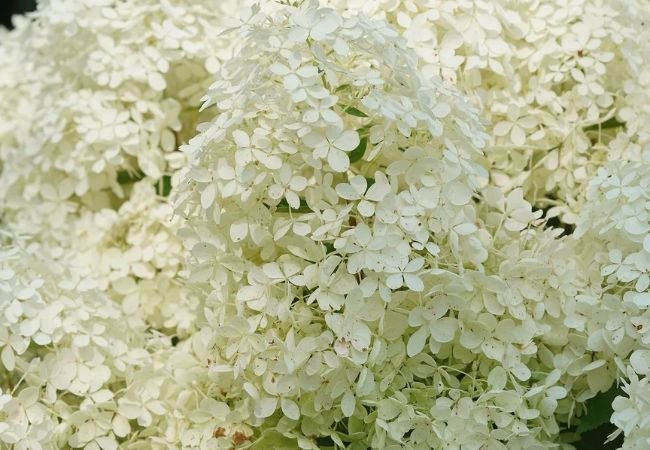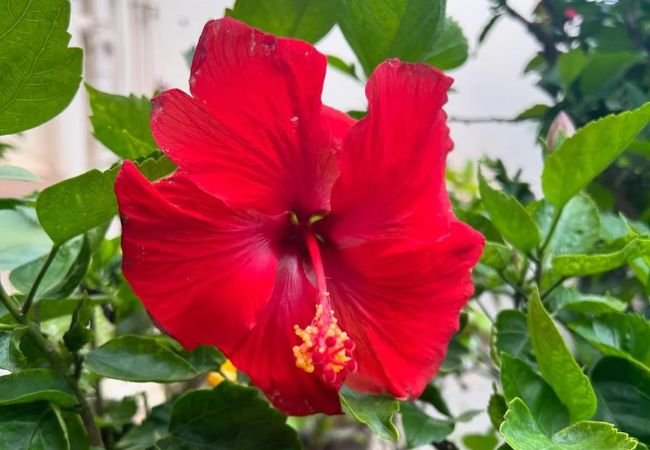Discover the enchanting world of Jasmine flowers. Learn about their varieties, care tips and cultural significance. Perfect for gardeners and flower enthusiasts.
Jasmine flowers are known for their sweet smell and pretty white petals. These flowers have been loved by people all over the world for a long time. In this article, we’ll learn about jasmine flowers, how to grow them and why they’re special.
Here’s an easy and verified chart for Jasmine:
| Category | Details |
|---|---|
| Botanical Name | Jasminum spp. |
| Common Name | Jasmine |
| Plant Type | Vine or shrub |
| Hardiness Zone | Zones 7-10 (depending on species) |
| Sun Exposure | Full sun to part shade |
| Soil Type | Well-draining, fertile soil |
| Watering Needs | Moderate; regular watering |
| Growth Habit | Climbing or sprawling |
| Height/Spread | Varies widely by species; can range from 6 inches to 30 feet in height and spread |
| Special Features | Fragrant white or yellow flowers; blooms in spring to fall, depending on species; attracts bees and butterflies; some species are evergreen; commonly used for trellises, arbors, and as ground cover; suitable for containers |
What are Jasmine Flowers?

Jasmine is a type of flower that comes from warm places. There are about 200 different kinds of jasmine. Most jasmine flowers are white, but some can be yellow or pink. They usually have a strong, sweet smell that many people enjoy.
Some common types of jasmine are:
- Common Jasmine (Jasminum officinale): This is the most well-known type.
- Arabian Jasmine (Jasminum sambac): Often used to make tea.
- Winter Jasmine (Jasminum nudiflorum): Blooms in cold weather.
The United States Department of Agriculture provides detailed information about the Jasminum genus.
Growing Jasmine Flowers
Growing jasmine can be fun and rewarding. Here are some tips:
- Sunlight: Most jasmine plants like lots of sun, but some types can grow in partial shade.
- Soil: Jasmine grows best in soil that drains well. The University of Florida IFAS Extension offers guidance on soil preparation for jasmine.
- Planting: The best time to plant jasmine is in spring or fall.
- Water: Water your jasmine regularly, especially when it’s young.
- Support: Many types of jasmine are vines and need something to climb on.
The Clemson Cooperative Extension provides comprehensive care instructions for jasmine plants.
Caring for Jasmine Flowers
To keep your jasmine healthy and blooming:
- Prune (cut back) your jasmine plant after it flowers. This helps it grow better.
- Feed your jasmine with a balanced fertilizer in spring.
- Check for pests like spider mites or whiteflies. If you see any, you can often wash them off with water.
- In cold areas, some types of jasmine need to be protected from frost.
The University of California Agriculture and Natural Resources offers advice on managing pests and diseases in jasmine.
Uses of Jasmine Flowers
Jasmine flowers are used in many ways:
- In Gardens: They make gardens smell nice and look pretty.
- For Tea: Some types of jasmine are used to make tea.
- In Perfumes: The smell of jasmine is often used in perfumes and soaps.
- In Cooking: In some places, jasmine flowers are used in cooking.
- For Health: Some people use jasmine in traditional medicine, but always check with a doctor first. The National Center for Complementary and Integrative Health provides information on the use of plant essences for health.
Cultural Importance of Jasmine
Jasmine is important in many cultures:
- In India, jasmine flowers are often used in religious ceremonies.
- In China, jasmine tea is very popular.
- In Indonesia, jasmine is the national flower.
- In the Middle East, jasmine is seen as a symbol of love and happiness.
The Smithsonian Gardens offers insights into the cultural significance of various plants, including jasmine.
Interesting Facts About Jasmine
Did you know?
- The name “jasmine” comes from the Persian word “yasmin,” which means “gift from God.”
- Some types of jasmine bloom at night and smell stronger in the evening.
- Jasmine flowers are used to make leis (flower necklaces) in Hawaii.
- In some parts of Asia, jasmine flowers are floated in water as a decoration.
The United States National Arboretum features various Asian plants, including jasmine species.
Jasmine flowers are more than just pretty and sweet-smelling. They’re important in many cultures, useful in different ways, and can be a lovely addition to any garden. Whether you want to grow jasmine, use it in tea, or just enjoy its smell, there’s a lot to love about this special flower.
For more information on growing jasmine and other flowers, check out the United States Botanic Garden’s resources on plant care.
Remember, every plant needs care that fits where you live. Don’t be afraid to ask local gardeners or plant shops for advice about growing jasmine in your area. Happy gardening!
For more gardening tips and plant care guides, visit usagardenhub.com.






